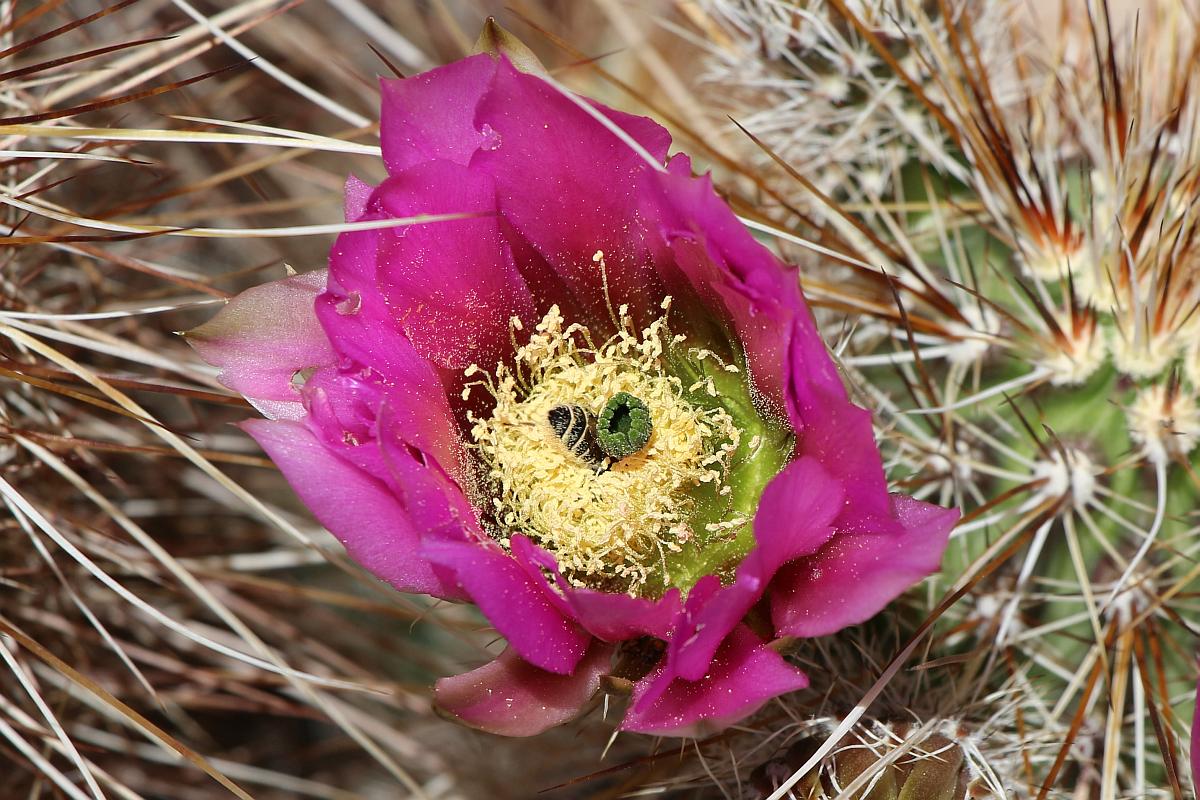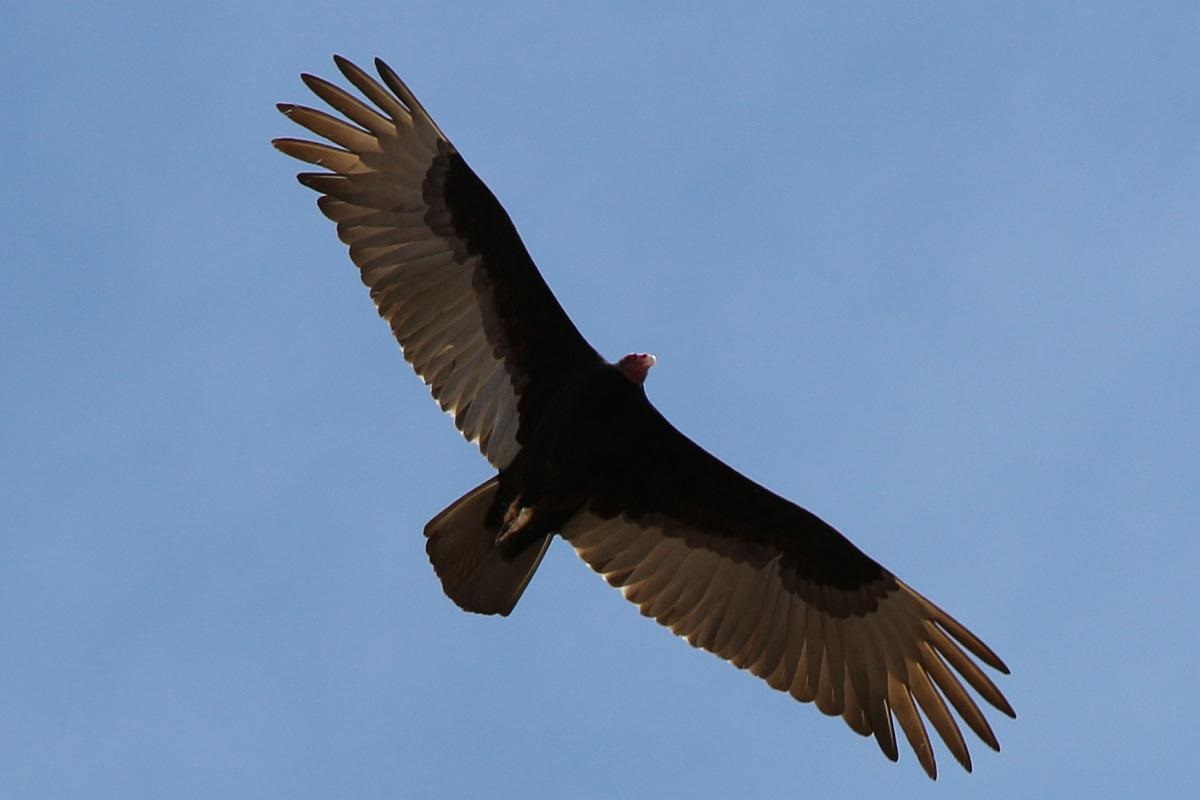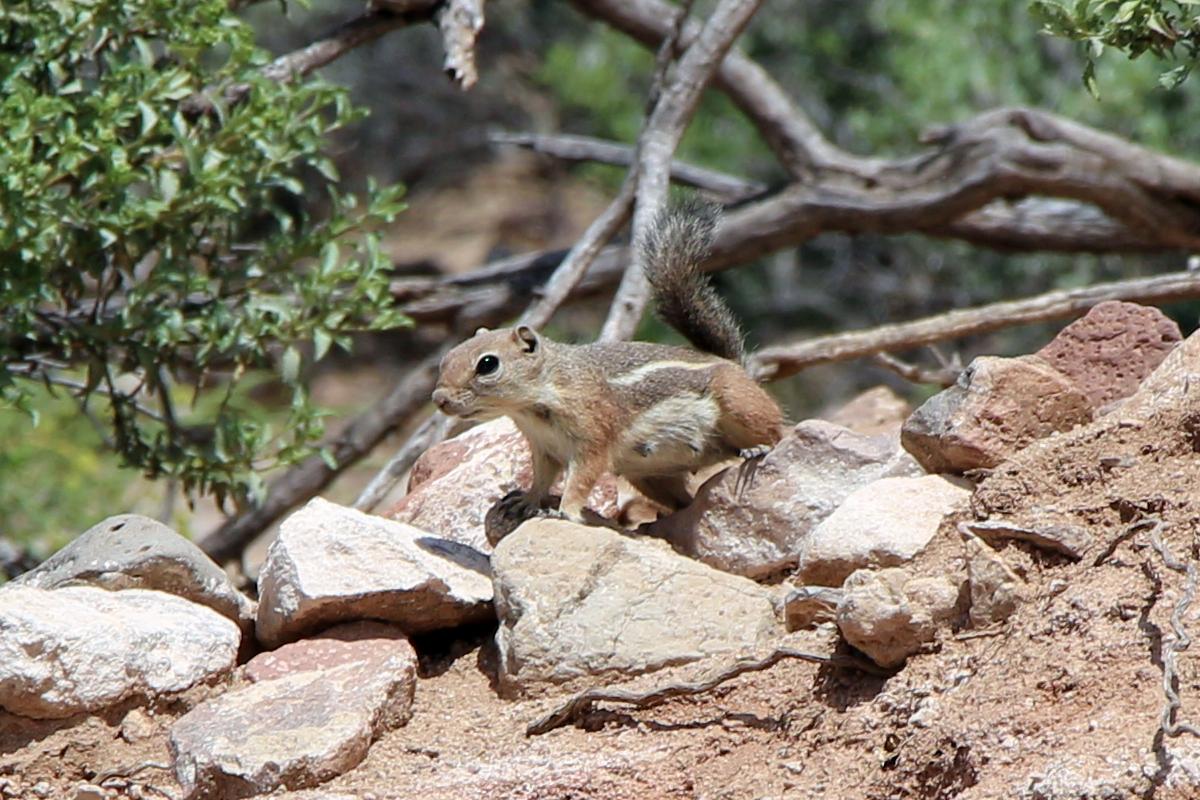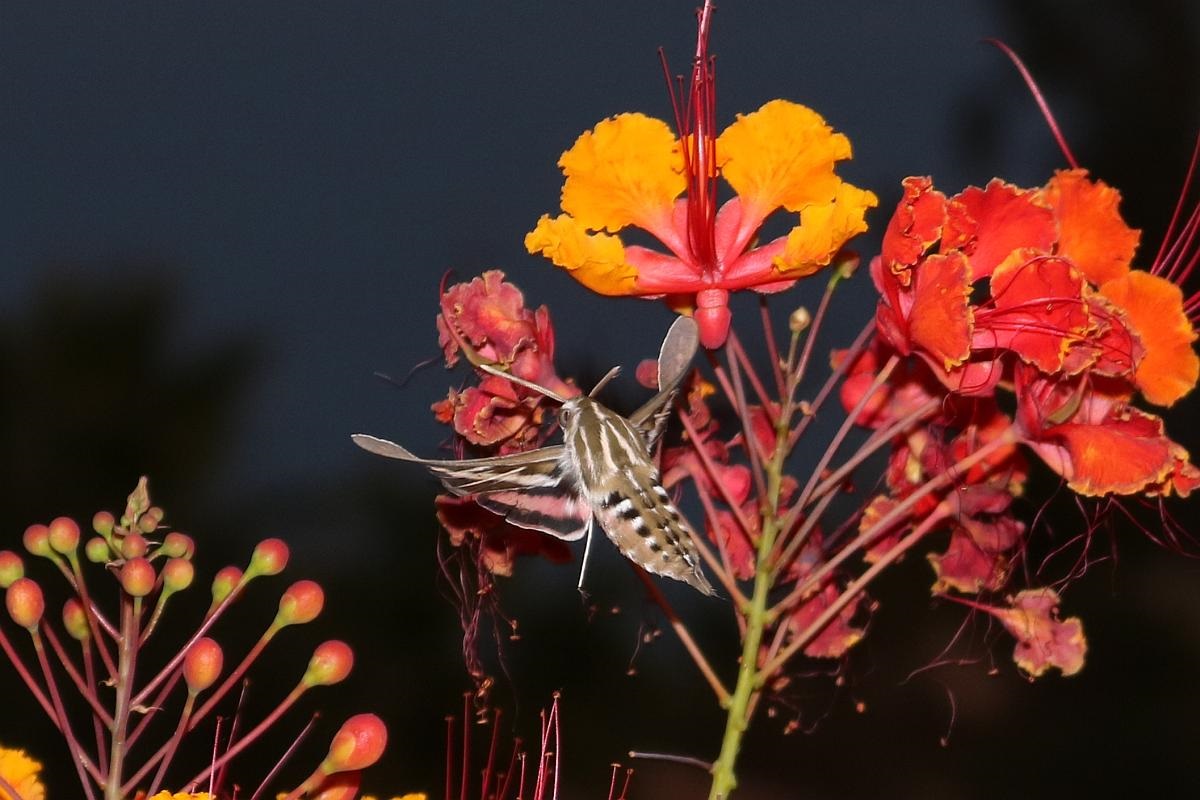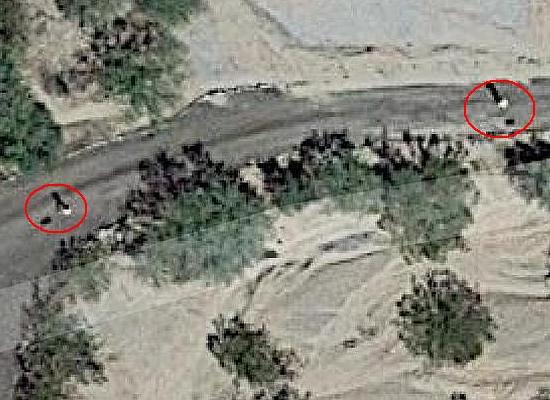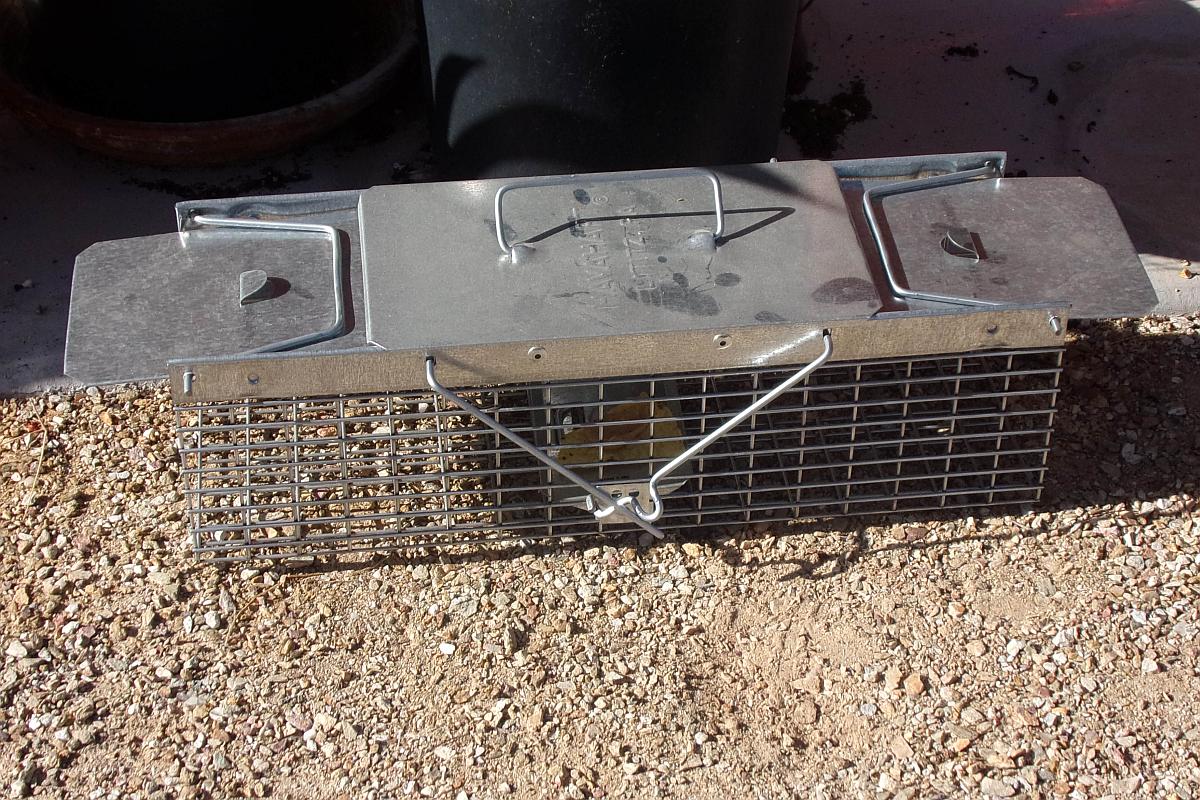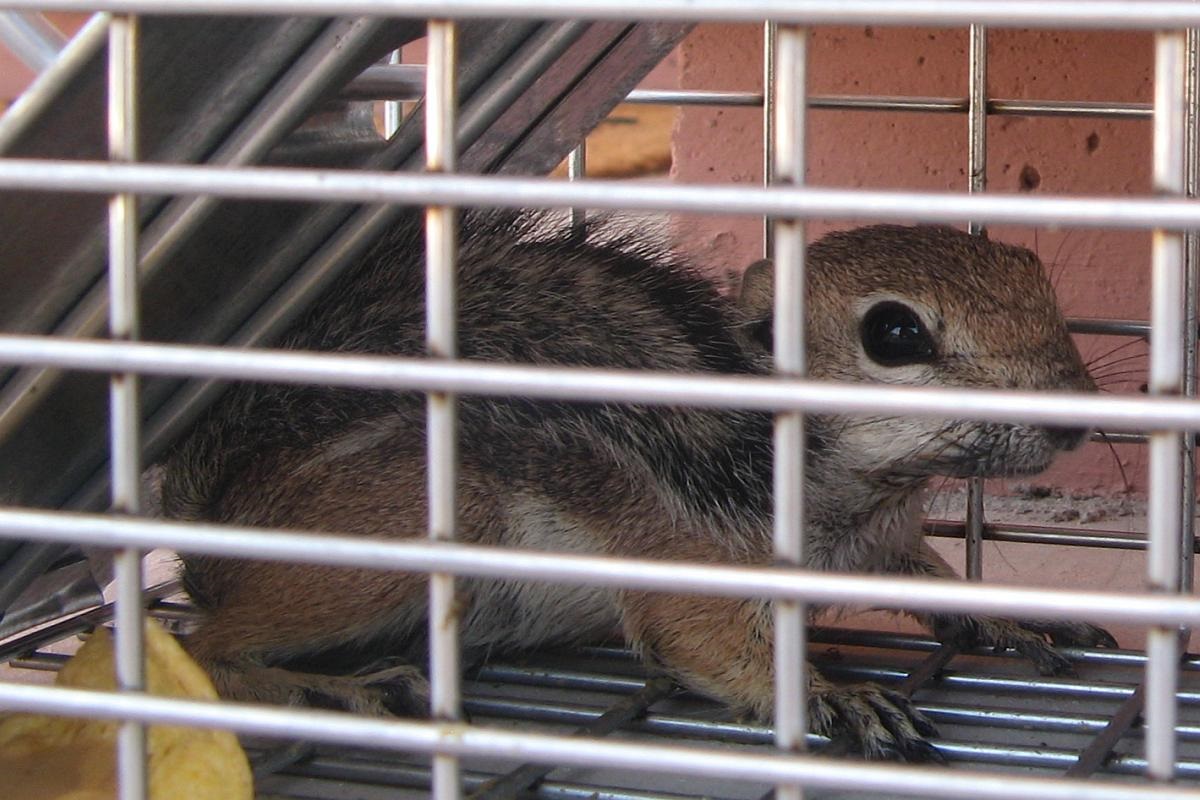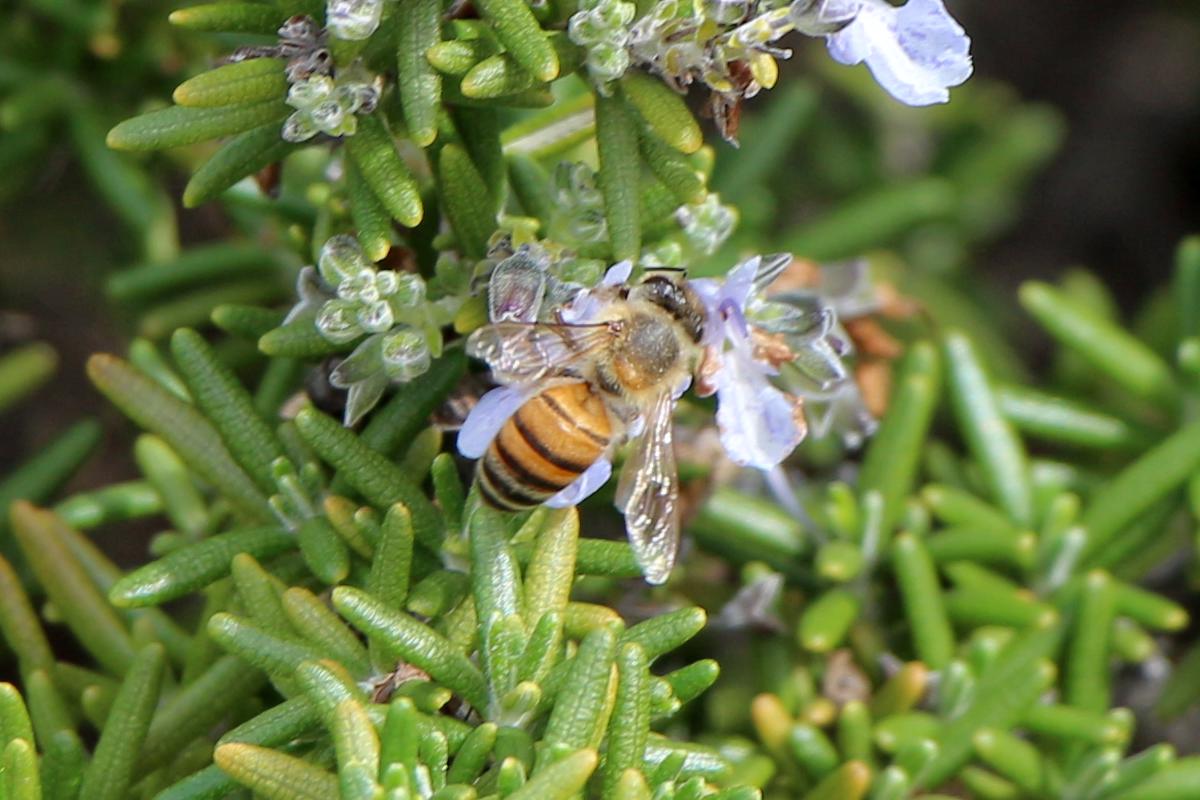
When we originally had the landscapers plant our yard along the back slope above the RV drive, they installed about fifty or sixty one-gallon rosemary shrubs with an irrigation system. The shrubs have been there for over seven years now, and have grown to mostly cover what once was bare slope behind the house.
I took this photo (click to enlarge) of a bee browsing some of the tiny flowers on the shrubs which have been blooming most of the winter. I can’t hear the buzzing anymore (tinnitus), but Damsel says the bees are quite loud as they busily gather nectar. Now, when the hummingbirds come by to do the same thing, I can hear them just fine.
When we need herbal rosemary for a recipe, we have no further to look than out behind the retaining wall on the north side of the RV drive. Damsel will send me out there with a pair of shears to snip off a couple of the freshly grown stems from one of the many bushes. I take the stems inside, wash them and pull the needles from the woody part. Damsel will either mince the needles or use them whole, depending on the recipe.
More on the Rosemary Herb from Wikipedia:
Rosmarinus officinalis, commonly known as rosemary, is a woody, perennial herb with fragrant, evergreen, needle-like leaves and white, pink, purple, or blue flowers, native to the Mediterranean region.
It is a member of the mint family Lamiaceae, which includes many other herbs. The name “rosemary” derives from the Latin for “dew” (ros) and “sea” (marinus), or “dew of the sea”. The plant is also sometimes called anthos, from an ancient Greek word meaning “flower.” Rosemary has a fibrous root system.
Rosmarinus officinalis is one of 2–4 species in the genus Rosmarinus. The other species most often recognized is the closely related, Rosmarinus eriocalyx, of the Maghreb of Africa and Iberia. The name of ros marinus is the plant’s ancient name in classical Latin. Elizabeth Kent noted in her Flora Domestica (1823), “The botanical name of this plant is compounded of two Latin words, signifying Sea-dew; and indeed Rosemary thrives best by the sea.” The name of the genus was applied by the 18th-century naturalist and founding taxonomist Carl Linnaeus.
My only observations regarding the text above is that (a) we’re a long way from the sea and (b) we don’t get much in the way of dew in the desert. I guess that the Rosemary herb likes it hot (it does get hot here), tolerates mild cold (rarely below freezing) and depends on the irrigation system we have here for moisture. And, clearly, the bees and hummingbirds pollinate them to their mutual benefit.

